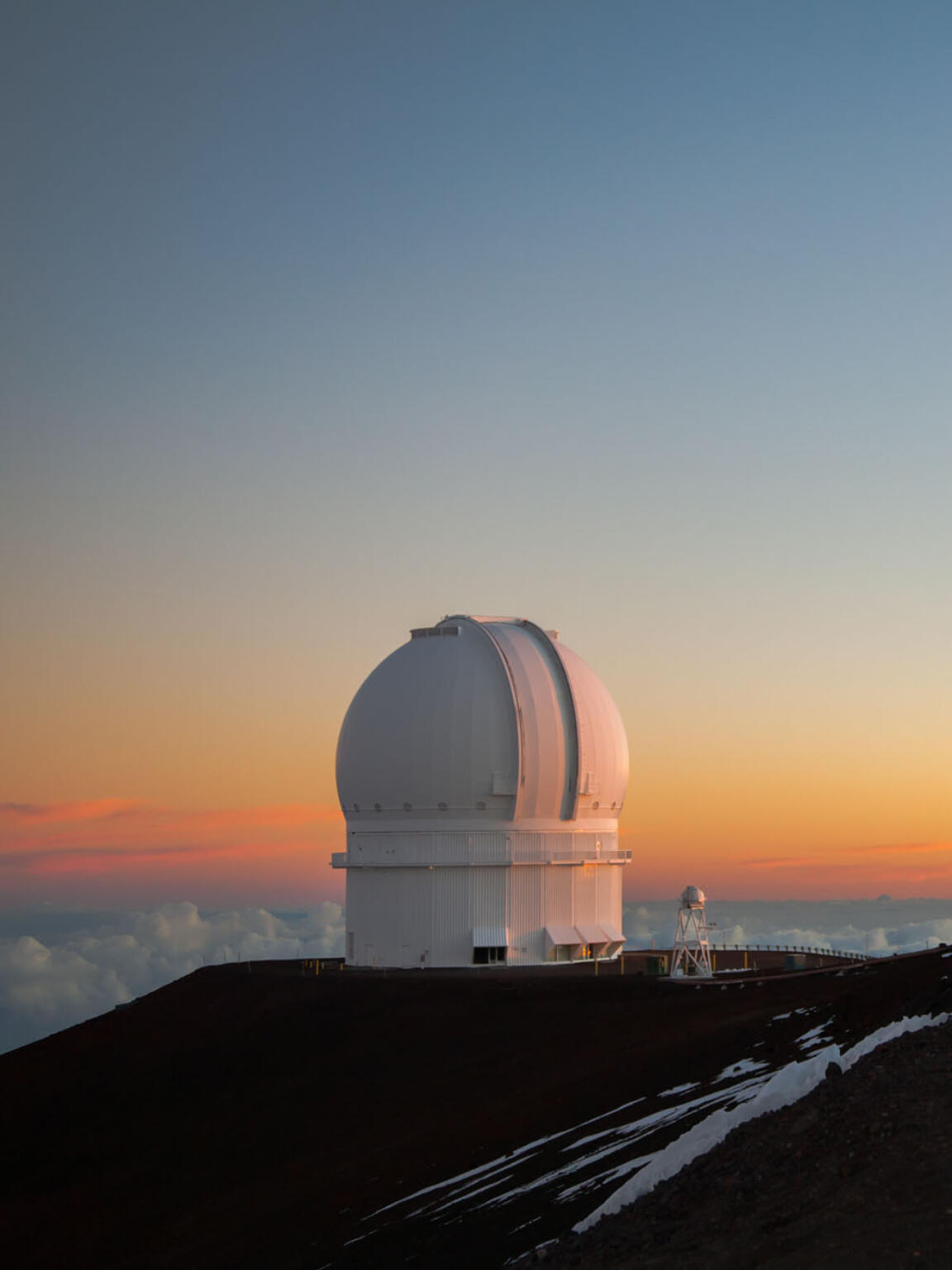Astronomy

Hybrid pixel detectors have revolutionized the field of astronomy by offering advanced imaging and detection capabilities. Their high-resolution, high-sensitivity, and low-noise performance make them well-suited for various astronomical applications.
Astronomical Imaging:
Hybrid pixel detectors are used in astronomical imaging systems, such as astronomical cameras and telescopes. They enable the capture of high-resolution images of celestial objects, ranging from planets and stars to distant galaxies and nebulae. The detectors’ sensitivity allows for the detection of faint astronomical sources, while their low noise levels ensure the preservation of fine details.
Time-Resolved Imaging
Hybrid pixel detectors are capable of capturing images with high temporal resolution, allowing astronomers to study dynamic astronomical phenomena. They can be used to monitor transient events like supernovae, stellar flares, and variable stars. The detectors’ fast readout capabilities enable the recording of rapid changes and the investigation of time-dependent processes in the universe.
Spectroscopy
Hybrid pixel detectors equipped with spectroscopic capabilities are employed for astronomical spectroscopy. They can disperse light into its constituent wavelengths, enabling the analysis of the spectra emitted or absorbed by celestial objects. Spectroscopic observations provide crucial information about the chemical composition, temperature, and physical properties of stars, galaxies, and other cosmic entities.
X-ray and Gamma-ray Detection
Hybrid pixel detectors are utilized for the detection of X-rays and gamma rays in space-based observatories and telescopes. These detectors excel in capturing high-energy photons, allowing astronomers to study high-energy astrophysical phenomena such as black holes, pulsars, and gamma-ray bursts. The detectors’ energy resolution and sensitivity are critical for precise measurements in this spectral range.
Space Missions
Hybrid pixel detectors have been employed in various space missions to advance our understanding of the universe. They have been integrated into X-ray and gamma-ray telescopes. These missions have provided invaluable data for studying cosmic phenomena and expanding our knowledge of the universe.
Applications
- Spectroscopy
- Spectral Imaging
- Space Dosimetry

